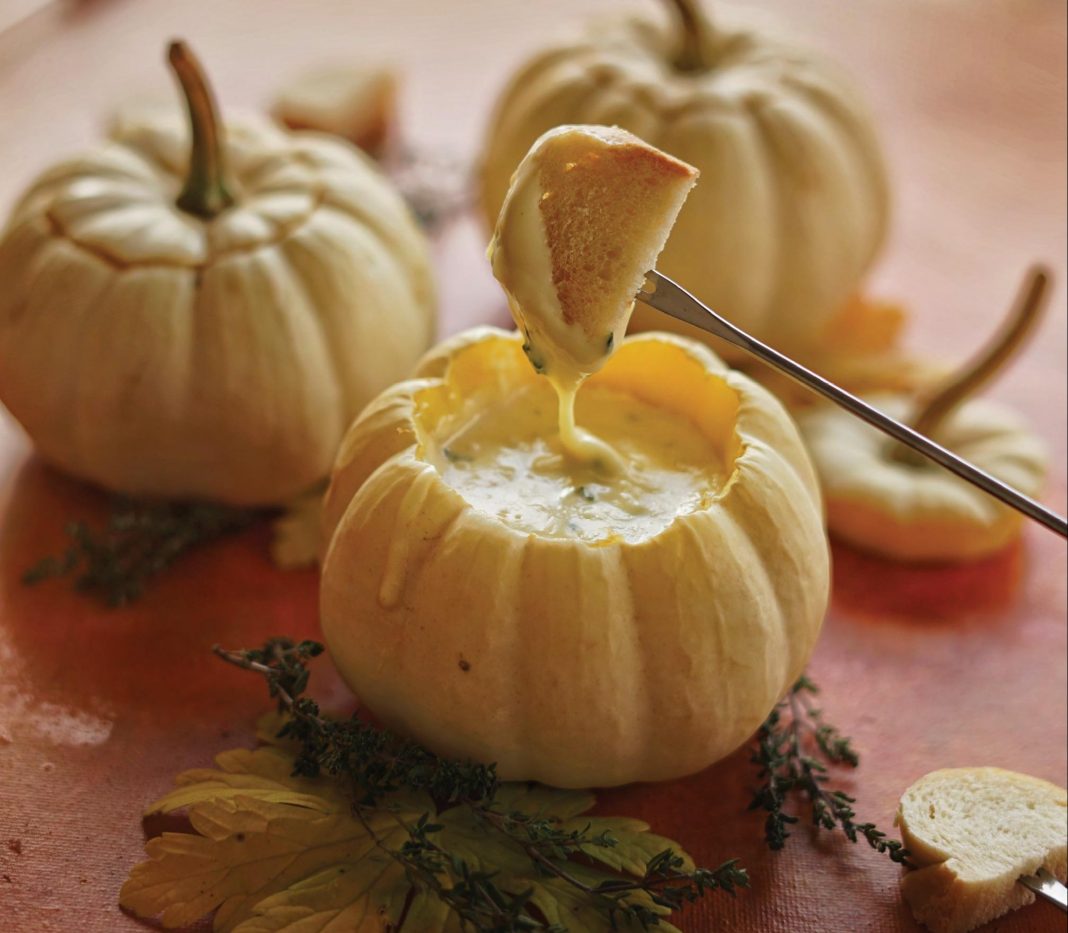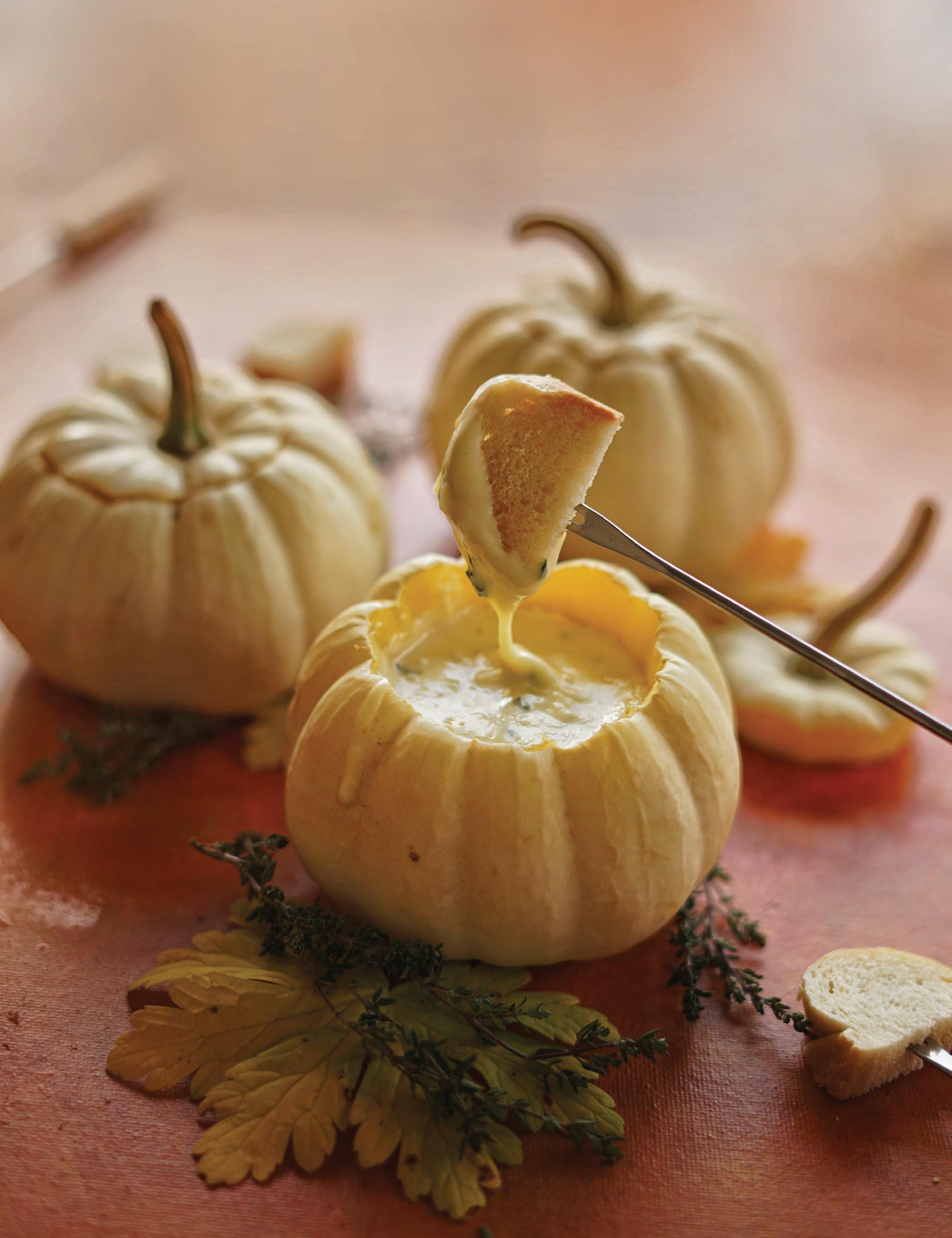The common and spicy herb thyme has a surprisingly colorful history of magical and mystical uses. Dating back to ancient Rome, thyme has long been associated with strength and bravery. Roman soldiers were said to have bathed in thyme or pinned it to their garments before heading into battle to give them courage. In ancient Egypt, thyme was used as an embalming aid to help the dead make their passage into the next life or the afterlife. Both cultures also burned thyme as a purification aid in both sick houses and temples. This practice still makes sense today, since thyme is potently antiviral and antibacterial (and can even be found in many cold medicines, mouthwashes, and acne creams for that very reason!).
In the medieval era, thyme’s mystical uses were no less potent. It was often included in bundles of herbs meant to prevent the Black Plague or as an antidote to poison, but its uses didn’t end there—it was seen as a powerful protection from the supernatural as well. (Though it should be mentioned here that often illness and witchcraft were seen as one and the same.) Medieval witches and wizards used thyme in all manner of potions, including a beverage that would transport them to other worlds to fight off curses or hexes. Similarly, it was the key ingredient in potions designed to help one to see fairies or other mythological beings.
During the Victorian era, thyme was reimagined as a guide to the fairy realms. Perhaps inspired by Shakespeare’s newly popularized A Midsummer Night’s Dream, in which Titania, queen of the fairies, sleeps on “a bank where the wild thyme blows,” Victorians viewed this spicy herb through the lens of romanticism. A patch of wild thyme in the woods was a sign that fairies had danced the night away on that spot. It was said that fairies slept in patches of thyme, so gardeners would plant a patch of thyme in their garden to serve as a resting place for ethereal visitors. Some myths also tell of potions or amulets containing thyme being used to glimpse into the fairy realms or that a sprig of thyme in one’s pocket would allow one to see fairies on walks in the woods. It was even said that a sprinkling of fresh thyme would invite fairies into homes or gardens—though with the rather sordid mythology of fairies and their penchant for mischief, that may have been inadvisable.
Lastly, thyme has long been associated with vivid dreams and mystical apparitions. You know what else has been associated with vivid dreams? Cheese. The myth of “cheese dreams” has been around for the past 150 years or so and appears in numerous works of literature, including Charles Dickens’s A Christmas Carol:
“You may be an undigested bit of beef, a blot of mustard, a crumb of cheese, a fragment of underdone potato. There’s more of gravy than of grave about you, whatever you are!” Scrooge declares while speaking to—surprise!—an apparition.
So if you’re looking for a subconscious ticket into the fairy realms, try eating thyme or cheese before bed. Even better, eat both … melted into a mouthwateringly gooey fondue, served out of seasonally festive mini pumpkins and enjoyed with some special guests.
THYME CHEESE FONDUE
This fondue is rich, creamy, buttery, and cheesy with the perfect complement of fragrant thyme leaves. It’s especially delicious served in baked mini-pumpkins, whose sweet, nutty, and earthy flesh tastes absolutely wonderful with the cheese. They’re the perfect size to serve as a main course per person or to split between couples as an appetizer. My friend described them as “late fall in a spoonful of cheesy heaven.”
Ingredients:
3 to 4 small pumpkins
2 tablespoons butter
1 tablespoon minced shallots
2 tablespoons flour
4 ounces white wine
2 teaspoons fresh thyme leaves
8 ounces heavy cream
3 ounces Gruyère cheese, grated
3 ounces raclette cheese, grated
3 ounces white cheddar cheese, grated
Freshly grated pepper and nutmeg, to flavor (optional) Chunks of artisan bread, apples, or dried fruit, to serve
Preheat oven to 350°F. Cut the top off the pumpkins and hollow out the seeds. Place the pumpkins on a nonstick baking mat and roast in the oven for 20 to 30 minutes, or until softened.
Mix together the three cheeses in a small bowl and set aside.
Heat the butter in a small saucepan and add the shallots. Cook until slightly translucent and fragrant. Add the flour and cook for another two minutes, whisking constantly to keep smooth.
Add the white wine and stir until smooth.
Add the thyme leaves.
Add the cream and cheeses and reduce the heat to low. Stir until the cheese has melted completely and the mixture is gooey and smooth.
Season with pepper and nutmeg if desired. Pour the hot cheese into the roasted pumpkins.
Serve with fondue forks. When the pumpkins are nearly empty, they can be cut into wedges and enjoyed as well!




































